Crossing the Bolivia Chile Border: All the Details
Thinking about crossing the Bolivia-Chile border, but not sure how. Read on for all the details you need to know for a hassle-free experience.
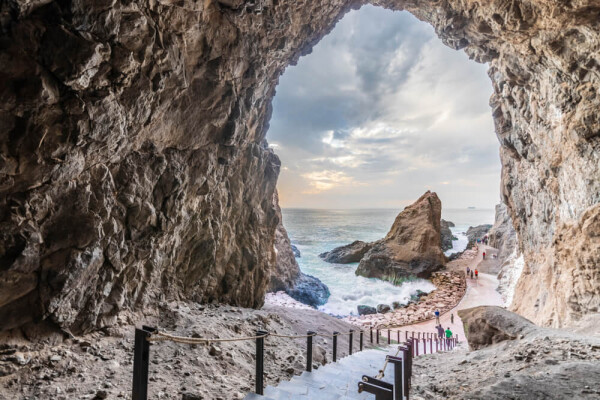
You are planning an exciting South American adventure, and the time has come to work out how to cross the Bolivia Chile border.
But there is a lot to consider. Where can you cross? Do you require a visa? What is the process like?
Below is everything you need to know about crossing from Bolivia to Chile and vice versa.
What Documents Are Required?
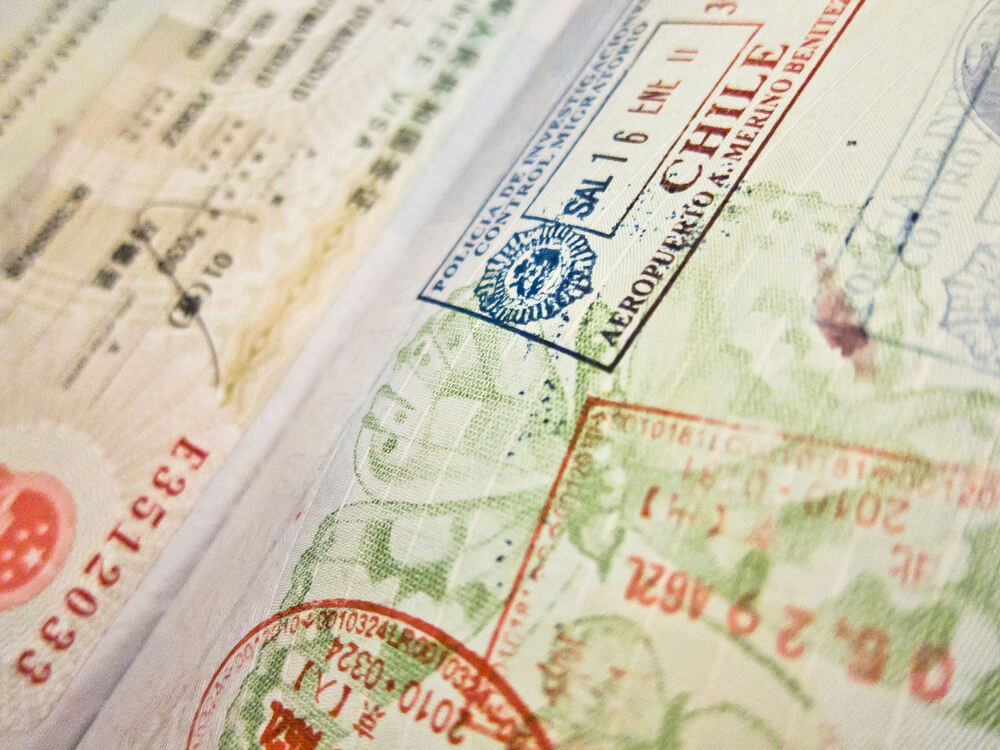
Important Disclaimer: Entry and exit regulations can change at short notice. It is always best to check with your local embassy prior to your departure/arrival for the most up-to-date information.
Before getting to all the details about how to cross the border between these two South American countries, it’s essential to first check that you have been through the list of requirements.
Entering Chile
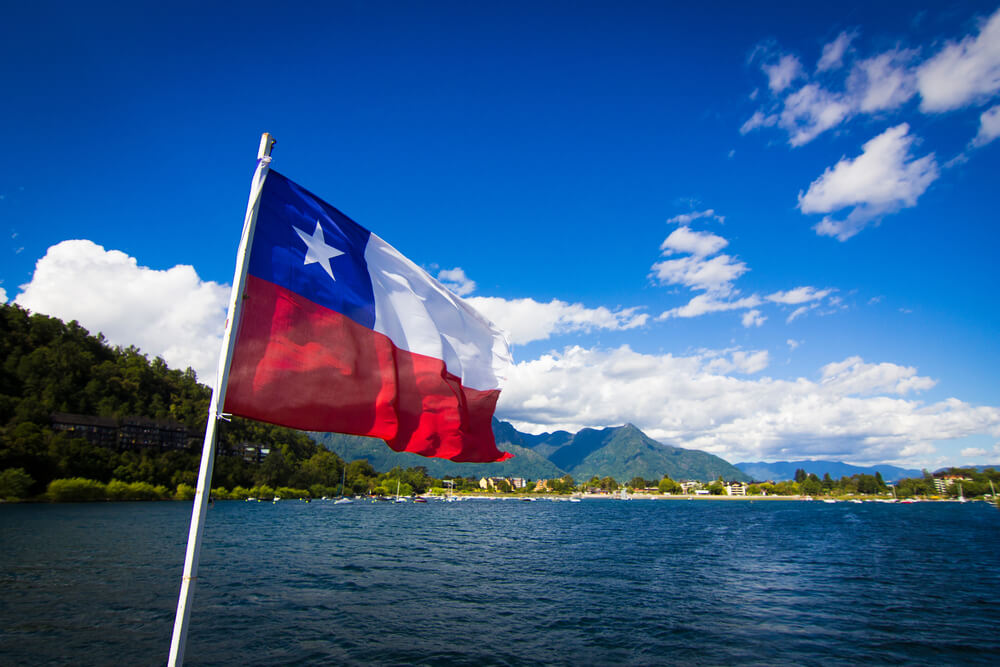
- Your passport must be valid, have at least six more months before expiration, and have at least one completely blank page.
- You must have a valid international COVID-19 vaccination certificate or a negative PCR test taken within 48 hours of your flight departure (unless you are under 18 years old).
- Some nationalities, including people from the US, AUS and the UK, will receive a 90-day tourist visa on arrival. Other nationalities will be required to apply for one in advance.
- It is recommended to have travel insurance before traveling to Chile.
Entering Bolivia
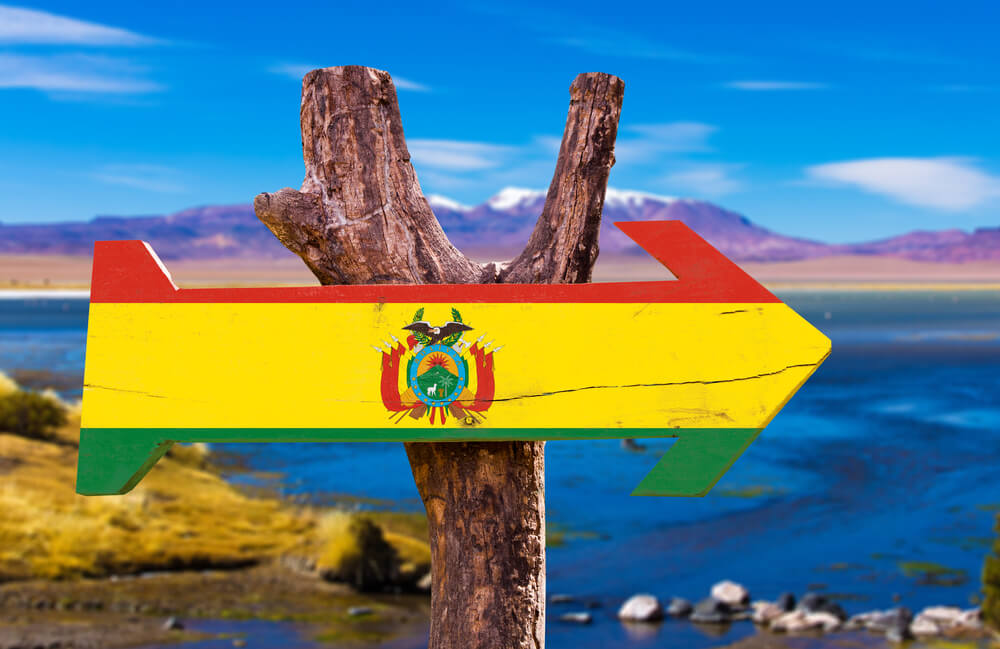
- Your passport must be valid, have at least six more months before expiration, and have at least one completely blank page.
- You must have a valid international COVID-19 vaccination certificate or a negative PCR test taken within 72 hours of your flight departure. Alternatively, a nasal antigen test is taken within 48 hours of travel.
- A tourist visa is required for citizens of the US. You must apply for this prior to arrival from a Bolivian Embassy or Consulate. This visa costs $160, allows you 30 days of travel in the country, and can be extended for an additional 30 days.
- People from the UK and Australia are exempt from applying for a visa and can enter the country for 30 days.
- You may be asked to show proof of accommodation on arrival into the country.
- You may also be asked to show proof of onward travel.
- A yellow fever vaccination is required for those arriving from a country where yellow fever is present or for those traveling east of the Andes at altitudes of under 7,500 feet.
Border Crossing Locations
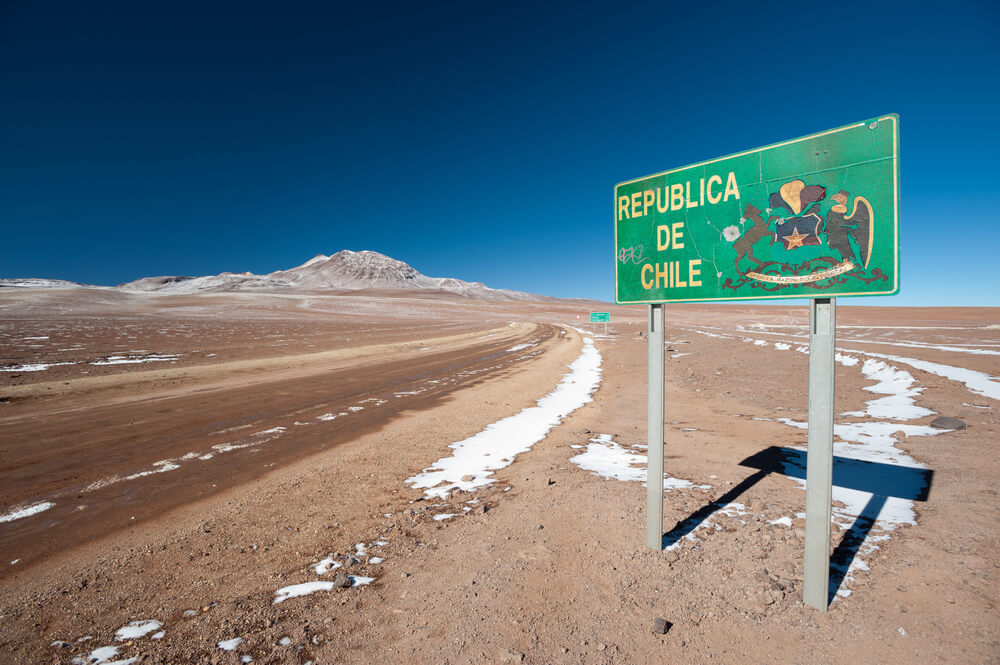
Bolivia and Chile are popular tourist destinations, so it’s not surprising that you wish to visit both countries. And since the land border stretches for 861 km (535 miles), there are a few options.
It is possible to travel by air on a direct flight between Santiago in Chile and Santa Cruz in Bolivia; however, getting to either of these locations may not be convenient.
That’s why we have step-by-step instructions on how to cross the Bolivia-Chile border from some of the most popular tourist destinations.
Pro tip: It is difficult to tell you about the specific wait times for each border crossing location mentioned below. It can vary daily, so giving yourself ample time to cross is best.
Border One: Ollague Border
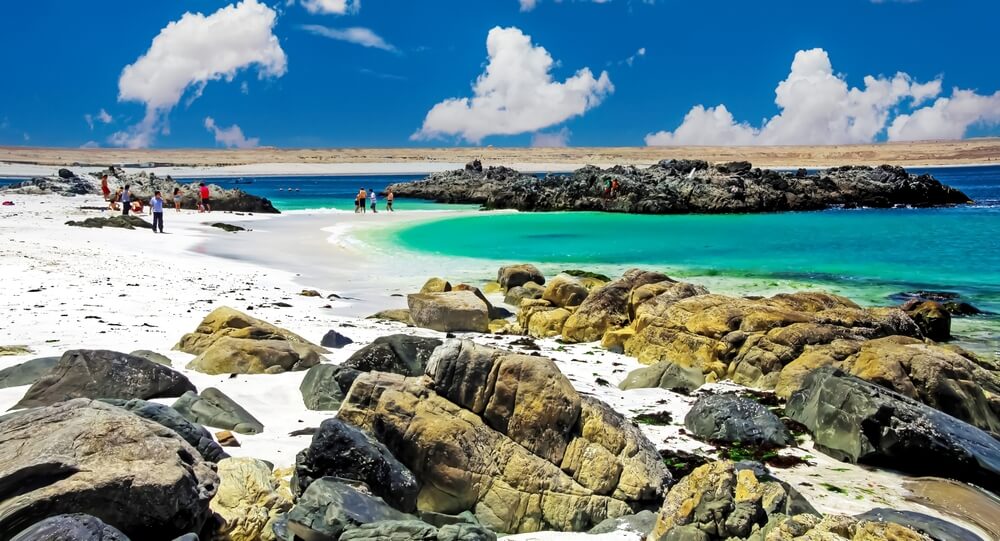
- San Pedro de Atacama to Uyuni (Chile to Bolivia)
- Uyuni to San Pedro de Atacama (Bolivia to Chile)
Bolivia is home to one of the largest salt flats in the world. While the town of Uyuni happens to be relatively small, it is the gateway for anyone wishing to explore this beautiful part of the country.
San Pedro de Atacama, on the other hand, is a small town located in the Atacama Desert in northern Chile. One of the highlights of visiting this area is Laguna Chaxa, a saltwater lagoon home to several species of flamingos.
Open/Hours/Availability: 8 am to 8 pm daily
Step one: Book an advanced ticket…
By bus:
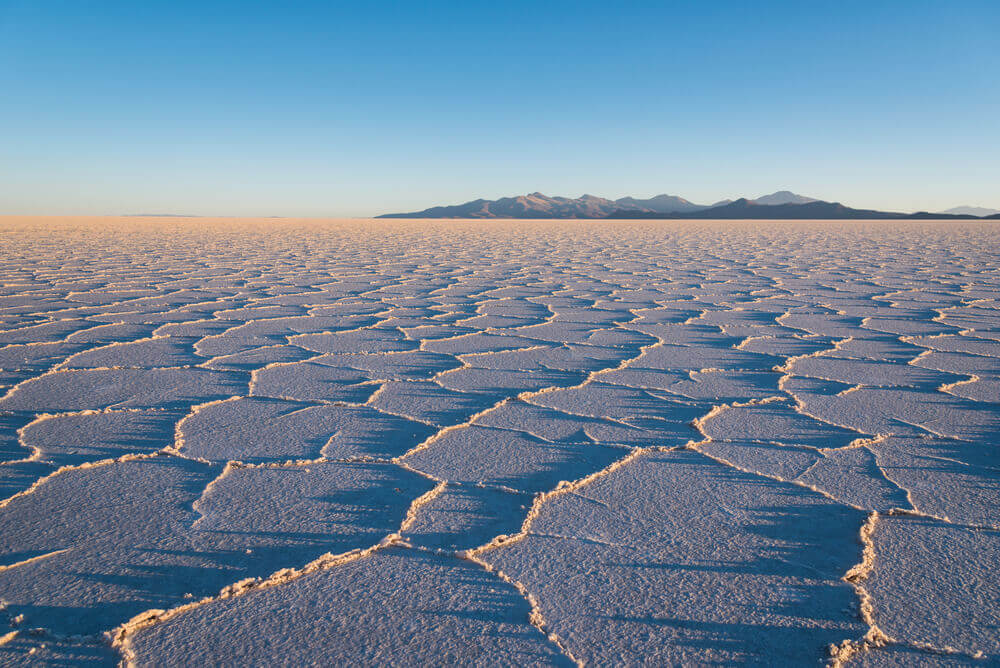
No matter which direction you are traveling, booking in advance is advised.
One of the most reputable companies is Cruz Del Norte which runs buses from Uyuni to San Pedro de Atacama and San Pedro de Atacama to Uyuni. Buses depart daily at 3 am or 4 am.
Prepare the day before, as it’s an 11-hour journey. Bring some snacks and plenty of water.
You can also board or disembark the bus in Calama, which is the gateway to the Atacama Desert. From Calama to Uyuni, it will take you 10 hours.
Or take a 3 to 4-day tour:
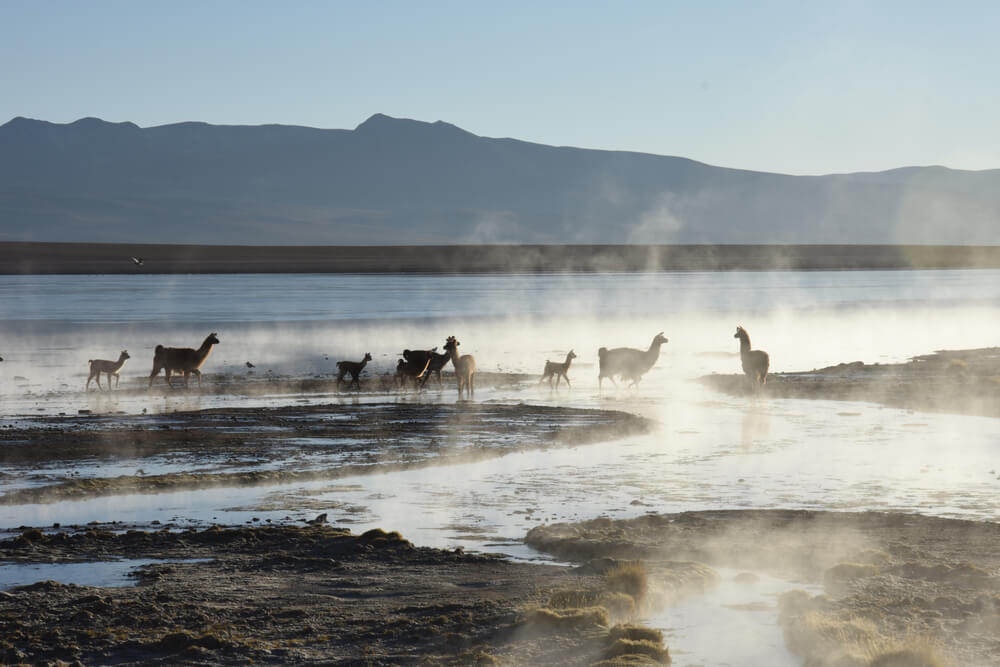
Your other option is to join a 3 to 4-day Uyuni Salt Flats tour.
What is the benefit of a multiple-day tour?
You will cross the border and visit some incredible sites along the way. A small group tour includes stops at the Salvador Dali Desert, the Aguas Termales de Polques and, of course, Salar de Uyuni.
Accommodation at hostels or hotels will be covered in the overall price too.
Or take a private ride:
If you prefer to choose your travel time and want a private ride, you can book a minivan to the border town. From Uyuni to Hito Cajon, it will take you 7 hours. You can then take another minivan from Hito Cajon to San Pedro de Atacama, which is only an additional 1.5 hours.
Step two: Board the bus bound for the border
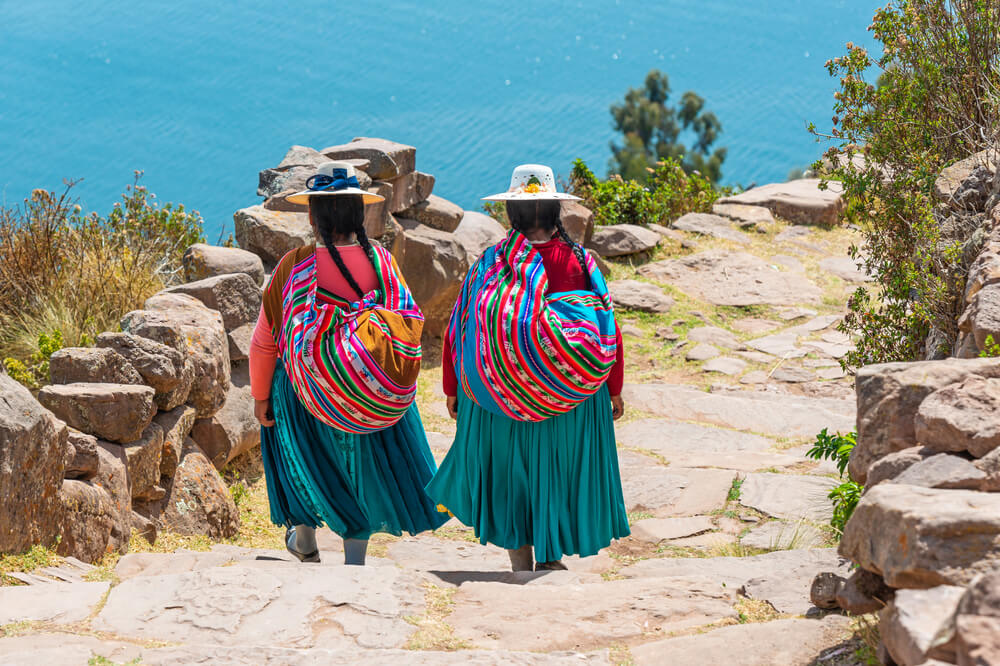
The best part about pre-booking a ticket on a bus or tour is that all you have to do is turn up on the departure date.
If you are traveling with larger luggage, this will be kept underneath the bus. Make sure you have your own luggage tags on them, as it’s unlikely the company will provide them.
Be sure to keep any important documents with you, not in your luggage.
Pro tip: Try and snag a window seat, as the views are beautiful throughout the drive.
Step three: Arrive at the border
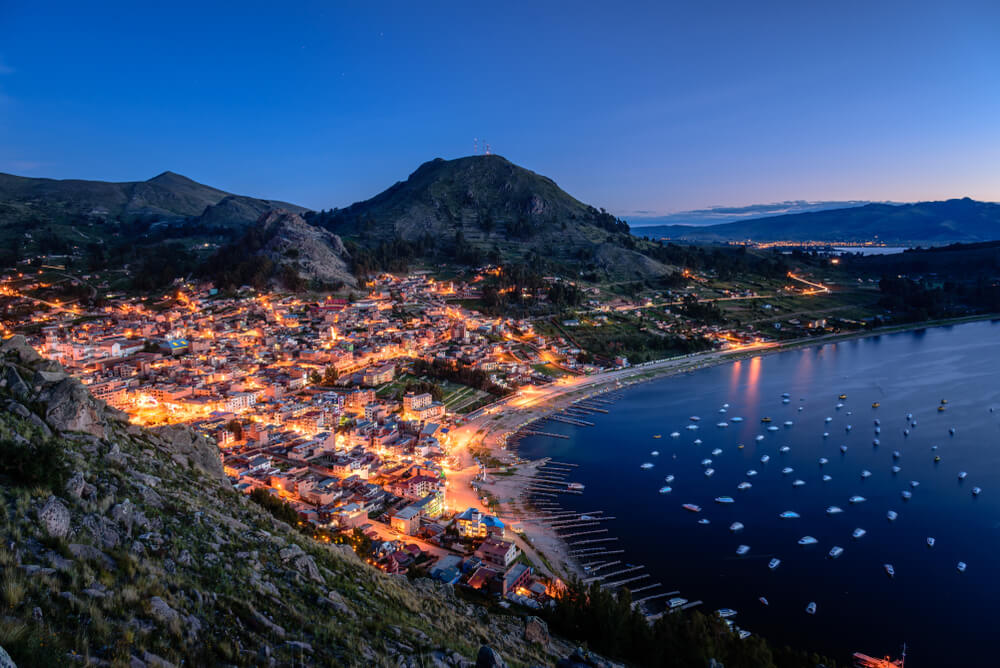
Whether you are departing Chile or Bolivia, the next stage is exiting the country through immigration.
Once you’re off the bus, make your way to the office.
You will be asked to present your passport when leaving Chile or Bolivia. The officer will then stamp it before you make your way back onto the bus. Then, as a group, you’ll go to the next immigration office, approximately 1km (0.6 miles) away.
Pro tip: Don’t be surprised if the Bolivian officials ask for a few extra Bolivianos as an exit fee. While it’s one of those ‘unofficial charges,’ it is up to you whether you choose to argue it.
When entering Chile, you will be handed a form you must complete. Essentially, it will ask if you have anything to declare, such as meat or plants.
Otherwise, the only other documentation you must show is your passport and COVID-19 vaccination certificate. If you are of a nationality that requires a visa, have the approval of this handy.
When entering Bolivia, you will be required to show your passport, your COVID-19 vaccination certificate and your yellow fever vaccination (if needed).
Of course, those arriving from countries such as the US will also have to provide their tourist visa.
Step four: Travel onwards to your final destination
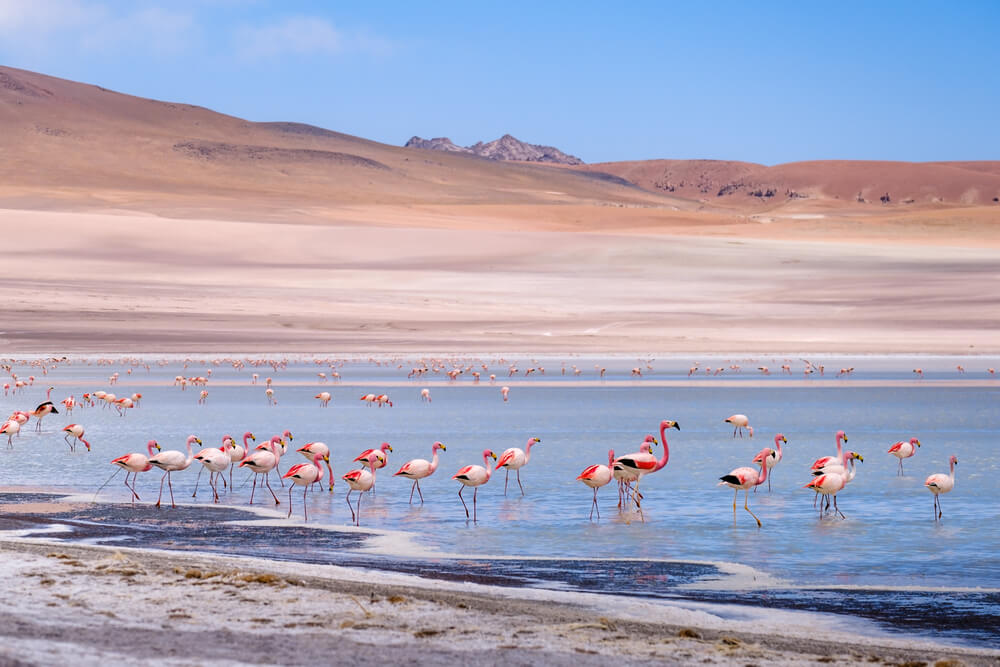
Once the remainder of your group has cleared through immigration, you will get back to the bus bound for your final destination.
You have now crossed the international border. Congratulations!
When arriving in both San Pedro de Atacama and Uyuni, you’ll be able to find many places to stay, eat, and drink.
Border Two: Chungara-Tambo Quemado Border
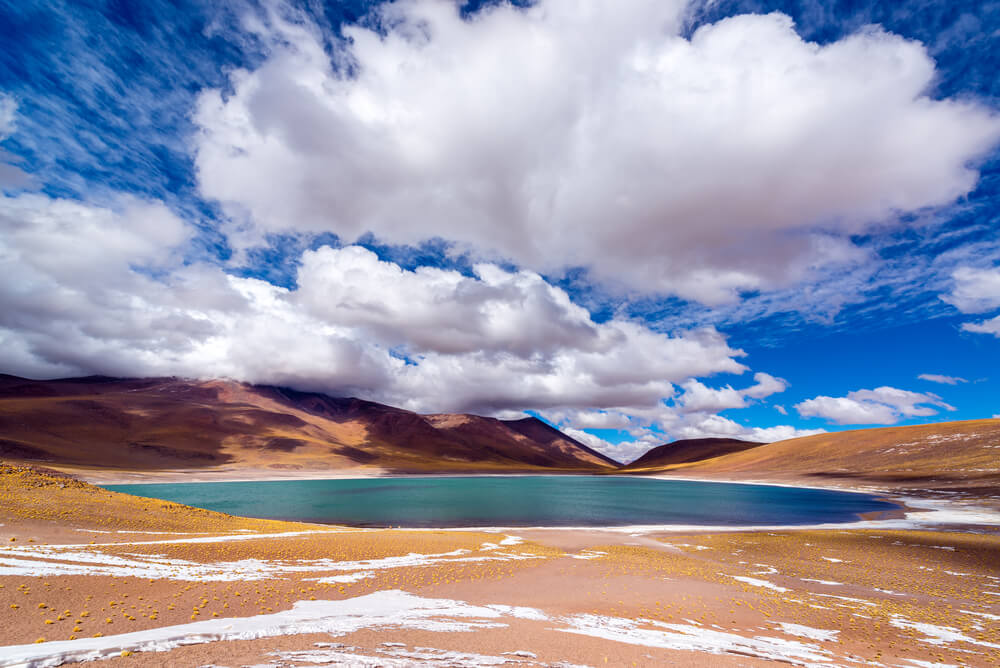
- San Pedro de Atacama to Uyuni (Chile to Bolivia)
- Uyuni to San Pedro de Atacama (Bolivia to Chile)
Traveling by land between these two cities is common. La Paz is known for its mountains and buzzing atmosphere, while the quieter city of Arica is situated on the shores of the Pacific Ocean.
Open/Hours/Availability: 8 am – 8 pm daily
Step One: Book a seat onboard a bus
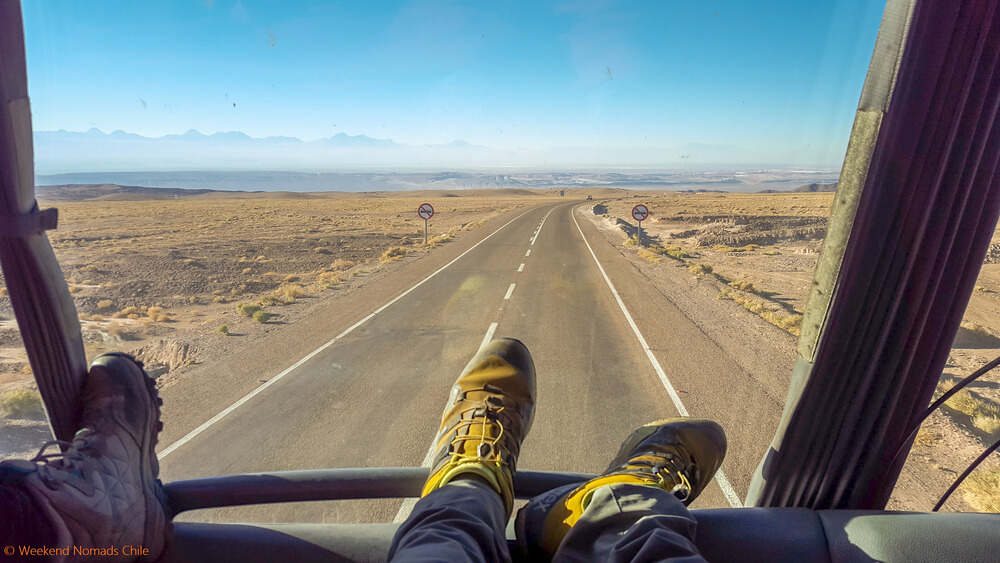
While you could do this particular crossing on your own by hiring a car, it’s much wiser to book a transfer on a bus.
Not only will the driver be more familiar with the route, but you will also be traveling in a group and have someone who can help you translate if need be.
Trans Salvador operates the route from La Paz to Arica, which takes 10 hours.
If you want to travel from Arica to La Paz, Trans Litoral operates those buses between Chile and Bolivia. However, this direction takes slightly longer at 13 hours.
Step Two: Board the bus
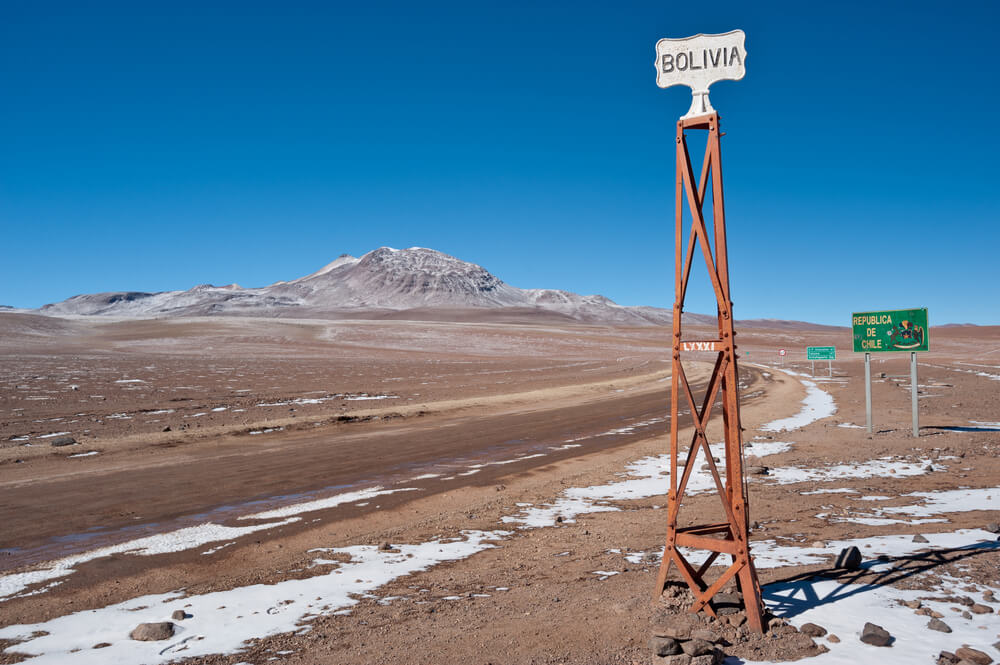
Along the 10- to 13-hour journey, you will pass amazing desert and valley landscapes, including the Sajama and Lauca National Parks.
While it’s a lengthy journey, you can sit back and relax in the well-equipped buses. Trans Salvador and Trans Litoral have reclining seats, toilets on board, and televisions.
There are even snacks provided. However, it would be wise to pack enough water to last the journey and some extra food.
Pro tip: Trans Litoral allows 23 kg of luggage and Trans Salvador 20kg, so keep this in mind when packing for your trip.
Step Three: Arrive at the border

Whether you are crossing into Chile or Bolivia, the first step is to head to the office of the country you are exiting.
Since you’re traveling on an international bus, you are bound to be amongst a group of people following the same process as you. This makes things easier—just follow the leader.
You will need to have your passport stamped when exiting Chile and Bolivia.
The next step is to head to the other immigration office to enter your new South American country.
When arriving in Chile, you must fill in an immigration form. Those from the UK, US and AUS are not required to have a visa, so the only other documentation you will need to show is your passport and COVID-19 vaccination certificate.
For those entering Bolivia, you will go through the same process.
- Passport? Check.
- COVID-19 vaccination certificate? Check.
- You will, however, need to present a visa depending on your nationality, including those from the US.
- If required, have your yellow fever vaccination certificate on hand in case they ask for it.
Pro tip: It is always a wise idea to travel with a folder containing all your documents in case the officials ask for your accommodation and proof of exit. If you have all of your documentation in one place, it will make the process much easier.
Step four: Onward travel to your final destination
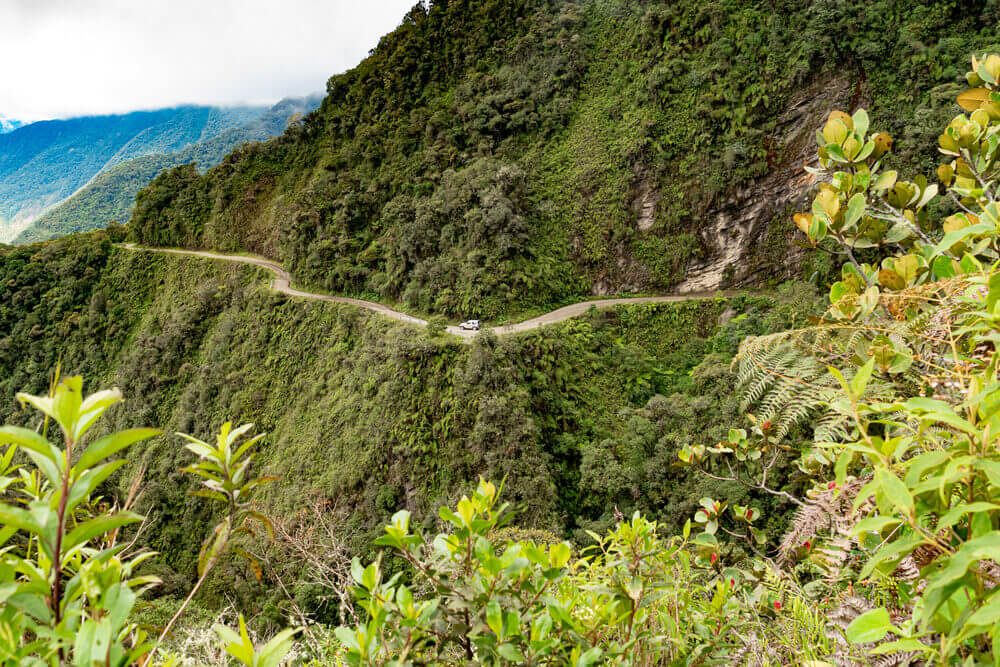
Once back on board the bus, it’s time to sit back and relax as your journey continues onto La Paz or Arica.
La Paz, Bolivia, is a fascinating city that sits 13,000 ft. (about 4,000 m) above sea level. Make sure you have packed your walking shoes for exploring the city’s sites such as the San Francisco Basilica, Coca Museum and the Witches Markets.
If you are an adventure seeker, check out Death Road, one of the world’s most dangerous roads. Organize a bike tour if this is up your alley.
For those arriving in Arica, you have reached Chile’s northernmost city, only 48 km (30 miles) from the border of Peru. Being a harborside city, you will want to check out the beaches in the area.
Also, don’t miss the Morro de Arica, a steep hill offering stunning views of the coast and surrounding mountains. It was the site of a historic battle between Chile and Peru during the War of the Pacific.
Border Three: Colchane – Pisiga Border
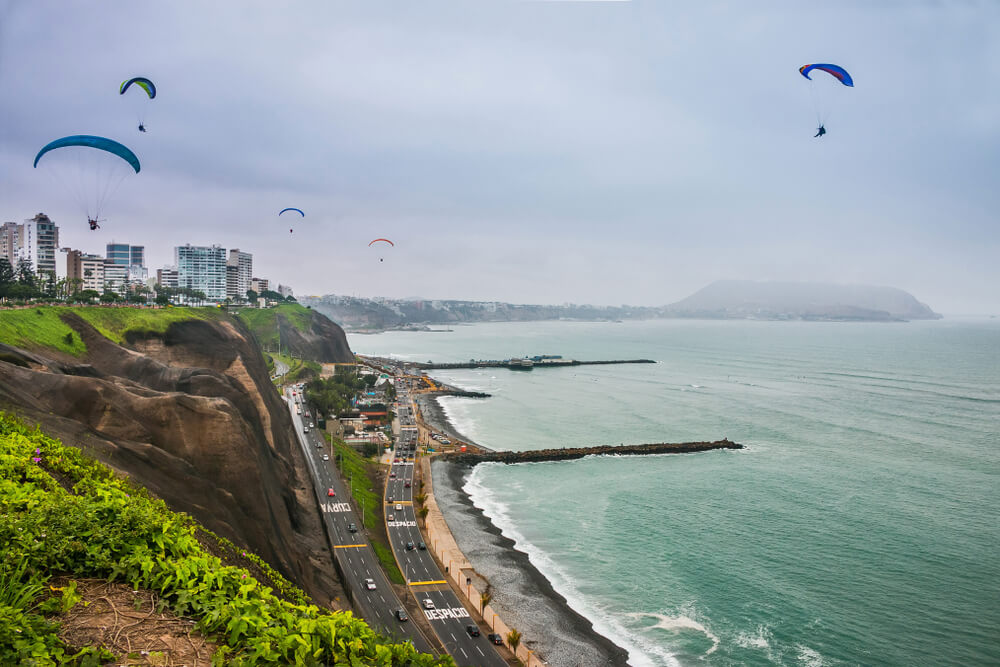
Another popular border crossing route is between La Paz in Bolivia and Iquique. Surfers often take this route to get to the coastal Chilean city.
- From Iquique to La Paz (Chile to Bolivia)
- From La Paz to Iquique (Bolivia to Chile)
Open/Hours/Availability: 8 am – 8 pm daily
Step one: Hire a car for your journey
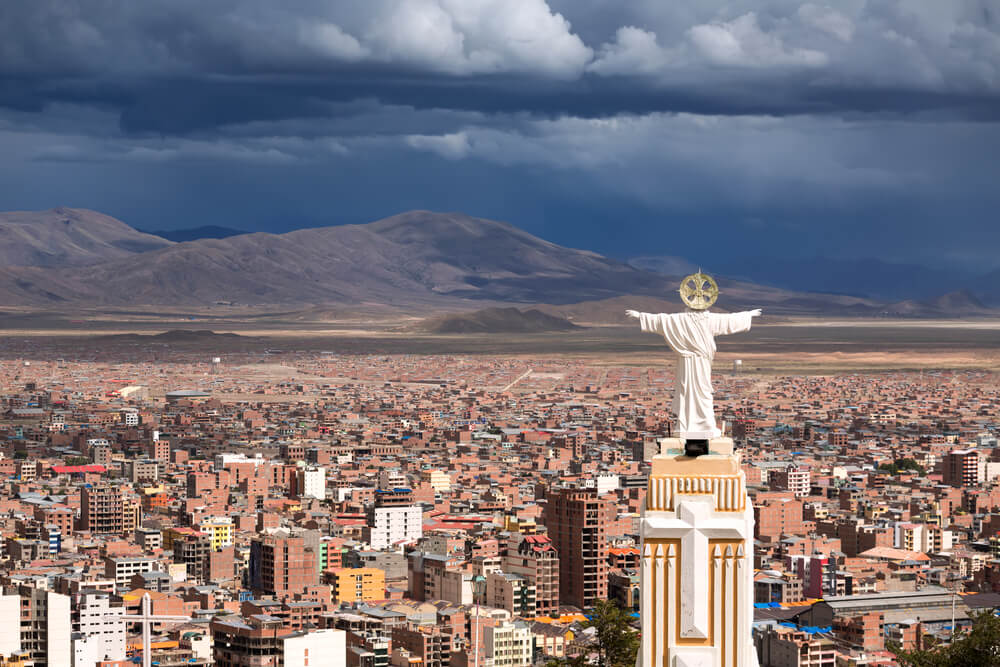
While you can take a bus from Iquique or La Paz, it is an 18-hour journey. So why not break it up and hire a car so you can explore a few places on the way?
Driving yourself will take approximately 11 hours.
Popular stops along the way (some with minor detours) include Humberstone and Santa Laura Saltpeter Works, Illimani, and Casa Carnaval de Oruro.
Pro tip: If you are traveling from Iquique to La Paz, it’s not uncommon to experience some altitude sickness due to the change in elevation.
Step two: Arrive at the Colchane – Pisiga Border
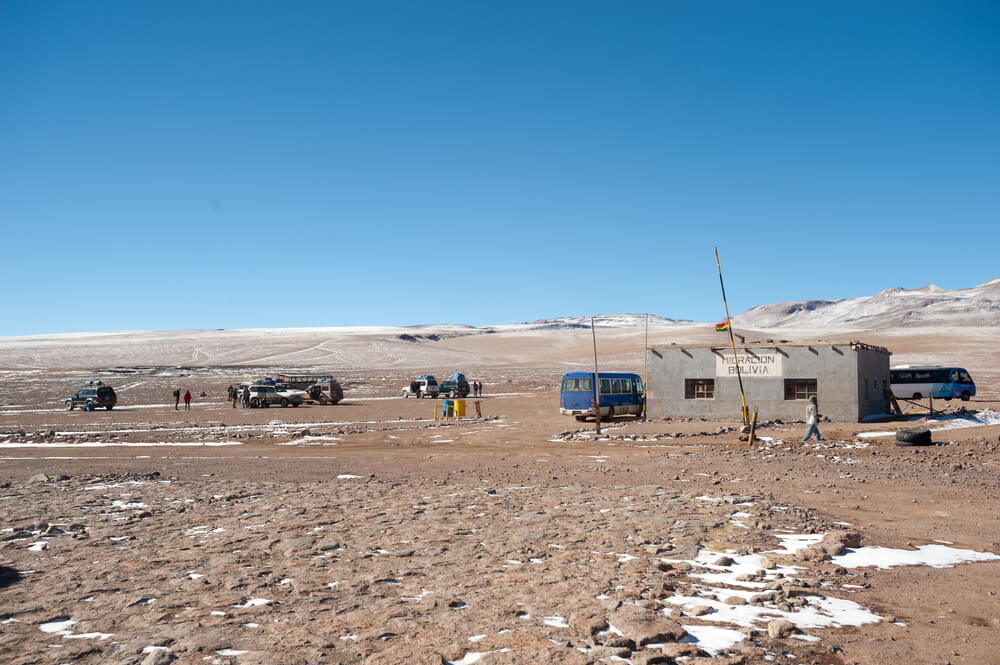
If arriving from Chile, you will likely spot several barriers, police buildings and army trucks. You must pass by all of these as the border checkpoint is on the Bolivian side.
The same goes for Bolivia. However, you will notice these after you pass through immigration.
This Chile-Bolivia border crossing takes place in the same building; it doesn’t matter which country you are arriving/departing from.
First, you will need to head into the office to fill in a document about your rental car. This piece of paper will be stamped at every step before being allowed to cross the international border.
Afterward, it’s time to have your passport stamped to show you’re exiting the country.
Like the other two border crossings, you will be handed a form if you are arriving in Chile. And when exiting Bolivia, you may be asked to pay a small fee. It’s up to you whether you pay this or not, as it is not an official charge.
Afterward, head to your arrival country’s immigration to be granted entry.
When entering Chile, you must show a valid passport and your COVID-19 vaccination certificate.
For Bolivia, the above documents are also required, as well as your yellow fever vaccination (if required) and proof of visa if you need one.
The last step before you are free to continue your adventures is to have a vehicle check. The guard is mainly looking for any fruits, vegetables, eggs and meat you are trying to cross with. So don’t.
Pro tip: There is a designated line for buses and trucks, so avoid it. It will take you a lot longer to cross the border behind them.
Step three: Continue driving onward to your final destination
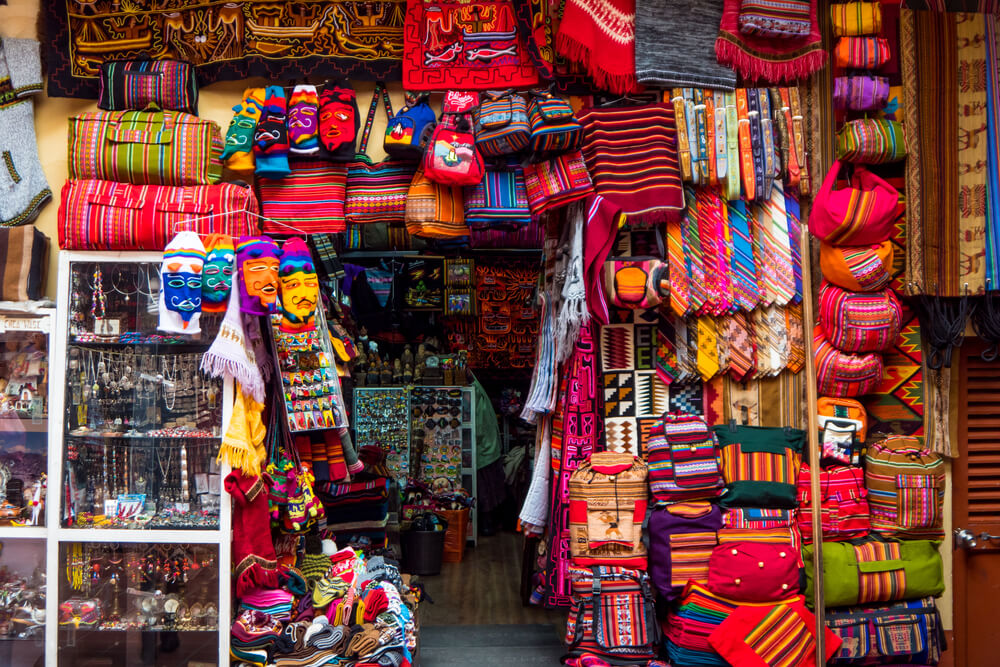
The most difficult part is over now that you have crossed the border. So continue your drive onwards towards La Paz or Iquique. Or wherever your heart desires!
Did you know that La Paz is the highest capital city in the world? With a mix between traditional Andean culture and modern urban development, you will love exploring the colorful markets, historic buildings and vibrant nightlife scene.
While La Paz is inland, Iquique in Chile, on the other hand, is on the coast. One of the most popular beaches to explore in the area is Cavancha Beach, the largest beach in the city. Be sure to enjoy a swim in the warm water or hit the waves on a surfboard.
Map of the Bolivia-Chile Border
Now that you understand your options for crossing from Chile to Bolivia and vice versa, let’s take a look at where each of these border crossings is located.
It’s time to book your adventure
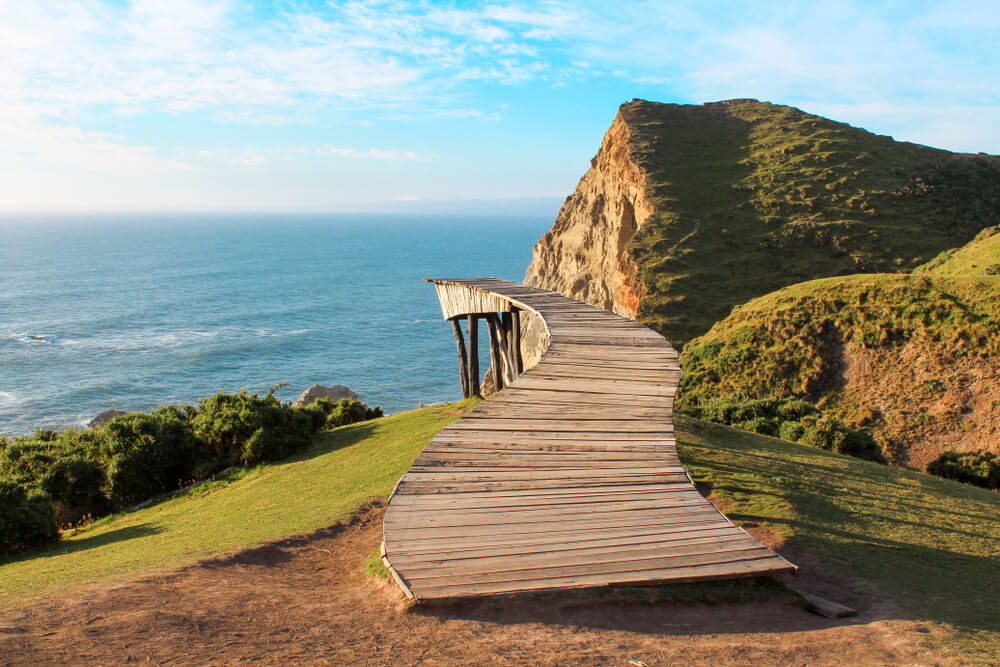
Now that you know the options for crossing the Bolivia-Chile border, it’s time to start planning your trip.
One key thing you need to keep in mind is the varying weather patterns and conditions. Bolivia is known for its high altitudes, particularly around the Andes Mountains region, so you must pack for various climates.
As long as you come prepared, you will certainly create memories for life in Bolivia and Chile.
And, if your South American journey isn’t over, check out how to get from Bolivia to Peru so you can
FAQ
This varies depending on which country you are exiting/arriving in, the nationality on your passport and the type of transportation you choose.
For example, if you are from the UK, USA or AUS, you can enter Chile for 90 days without paying for a visa. For Bolivia, however, anyone from the US is required to pay for a visa which costs $160.
The price of bus tickets also varies. For example, a 10-hour bus journey from La Paz, Bolivia, to Arica, Chile, will cost you $30.
There is no official minimum amount of time required to stay in Bolivia or Chile. Your tourist visa will, however, determine how long you can stay in either country.
It is essential to comply with the local immigration laws and regulations during your visit.
Tourists are generally not required to show proof of a return or onward ticket for Chile and Bolivia. However, immigration offices do have the right to request proof of onward travel, so it’s always a good idea to have these documents on you just in case.
All the border crossing locations mentioned above are common routes to travel. Your experience should be easy and hassle-free, especially since you’ll be prepared. This means having all your documentation handy.






